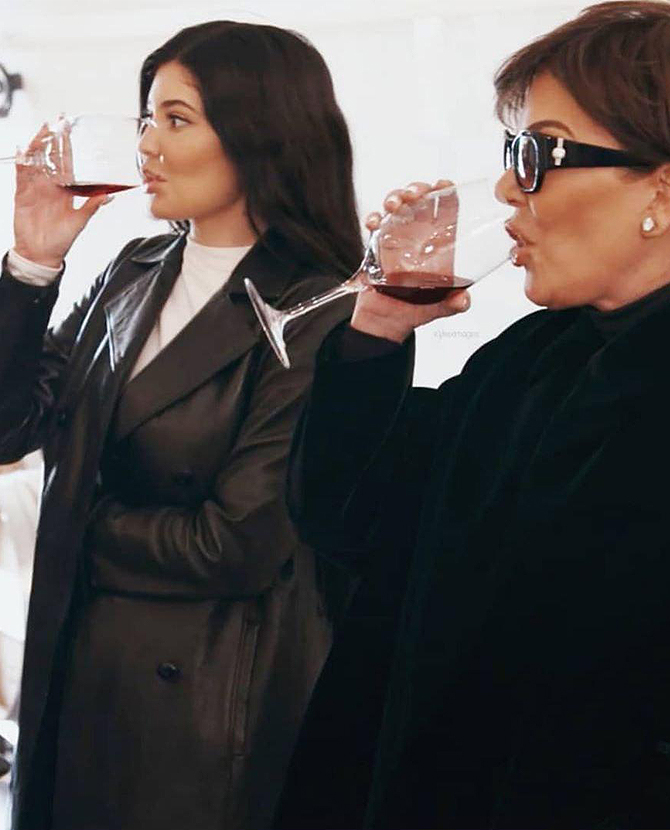Will reality shows take over the TV industry? Here’s what we think
Keep watch
- 08.05.2020
- By Emily Heng
If we lived in a time where formative, coming-of-age flicks weren’t about embracing your individuality and interests, it’s likely that I would never have admitted my reality TV problem. That is, my preoccupation with watching just about every “unscripted” program in existence. But hey, if Cady Heron can be a Mathlete and prom queen, I, too, can profess my love for the television equivalent to junk food. It doesn’t matter if they’re inspirational tearjerkers (Queer Eye) or, uh, social experiments comprising ridiculously concupiscent adults (Too Hot to Handle) — if it’s shot with an unsteady hand-held cam; features iconic one-liners in the vein of “that’s hot”; and includes a catchy theme song, I’m in.
And I’m not the only one, clearly. At least, not as of late. Variety reports that Netflix’s Love is Blind drew in 30 million viewers within the first quarter of the year. Long-running UK-based cooking competition, Masterchef, posted a record viewing figure of 7.9 million at the end of March. Heck, even formulaic talent contests such as Britain’s Got Talent are getting some skin in the game. BBC found that the new season brought in 8.2 million viewers, a personal best since their debut in 2007.
What gives? Well, turns out, there’s a lot of factors that attribute to the success of reality TV in 2020. Call it a theory, or perhaps simply the overactive imagination of a pop culture fanatic succumbing to her inevitable crash-and-burn after bingeing multiple shows in one night — but here’s what I think.
First things first: there’s something inherently comforting about reality TV. You see, as outlandish as the scandals and catfights can be, unscripted programmes are, ultimately, rooted in relatability. It is a story about people; a journey that oftentimes comprises a motley crew that we root for as they overcome their personal obstacles and roadblocks. Believe it or not, it is a sentiment that applies even to the most farfetched, Hollywood-esque of folk. Take Keeping Up with the Kardashians, for instance. Sure, they might be living in properties worth US$15 million each, but that doesn’t stop them from engaging in trivial squabbles surrounding laundry, re-gifting, and Candy Land themed birthday parties.
These are conflicts that we personally understand; skirmishes we have lived through, even. It’s not saving the world from an uncertain fate, or traipsing around a fantasy realm fighting off fantastical creatures. It’s intimate, and thus, hits a lot closer to home than we’d think. It treads the fine line between escapism (what are the odds of us losing a diamond earring in the ocean?) and real life (getting mad at your sister because she won’t loan you a dress.)
Naturally, it helps that we are in the midst of a health pandemic. The simple act of watching people interact can certainly stave off our own social cravings. It explains why Japanese reality show franchise, Terrace House, has been one of the top 10 most-watched programmes on Netflix in recent months. We might not be able to cook with our friends, hit up bars, or pick up parkour until 1 June, but we can watch others engage in such banal activities. Shows such as Big Brother prove to be popular too considering its premise is centered around being confined in a home with people you might not necessarily like.
Some of you might argue that this is just a passing fad, all of which will be swept away as soon as a vaccine comes into play. We’re far from omnipresent, but we can say with iron-clad certainty that the reality shows of today aren’t going fade to obscurity as they did (for a period) in the late 2000s. Substantial viewership aside, reality TV is both cost-effective — and more practical — to produce. After all, dramas in the vein of Hollywood and The Crown can cost up to millions per episode thanks to special effects or wardrobe with no guarantee of those odds paying off.
While a reality series may also face similarly difficult odds, its low production cost tends to lower the stakes. This means if it actually goes viral, production companies can generate more episodes or even derive related spin-offs speedily and cheaply. A high-profile TV network execute sums it up best in an interview with Digiday. “You can either choose to do three premium scripted series a year, or for the same amount of money, you can do 30 reality formats. Most won’t work, but if you get one [to succeed], the chances of somebody watching repeatedly will be higher.”
Not forgetting that there’s a lot of room to play when it comes to reality TV in terms of format, genre, and style. You can have your makeover shows; your sports docu-series; or even an exposition on the bizarre underworld of big cat breeding. The possibilities are endless, really, should you be brave enough to reach out and take it.
So, does this mean you’ll be seeing a lot more real-world pickings in the coming years? You bet. With many a series garnering critical acclaim (The Circle, Cheer) and cult-classic status, we say it’s simply a matter of time. Netflix, at the very least, promises to expand upon their repertoire. In fact, the Vice President of their Unscripted Originals & Acquisitions department, Brandon Riegg, revealed in an interview that they’re “not even close to finishing phase one of their unscripted strategy.” Now, that’s something we like to hear.
ADVERTISEMENT. CONTINUE READING BELOW




